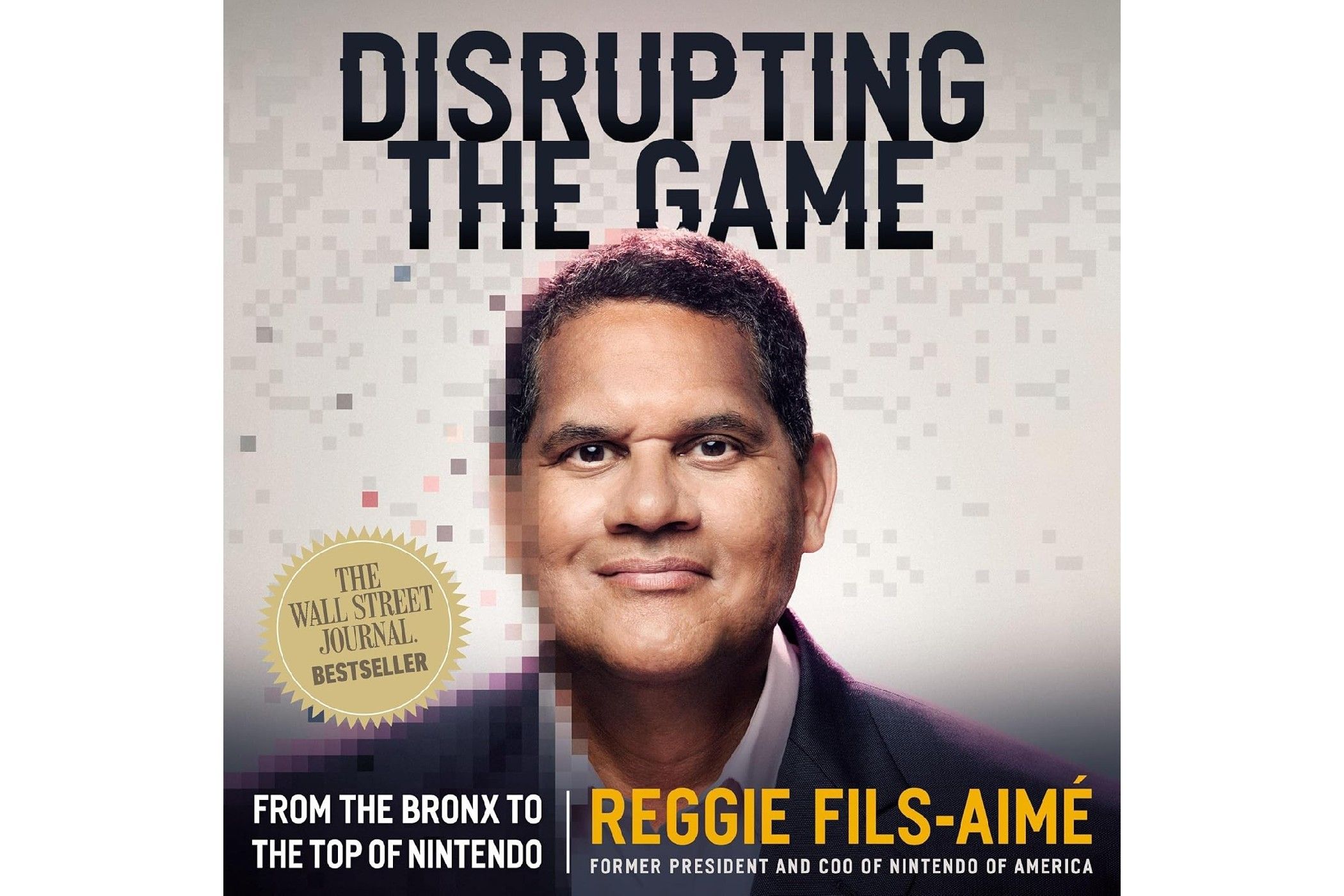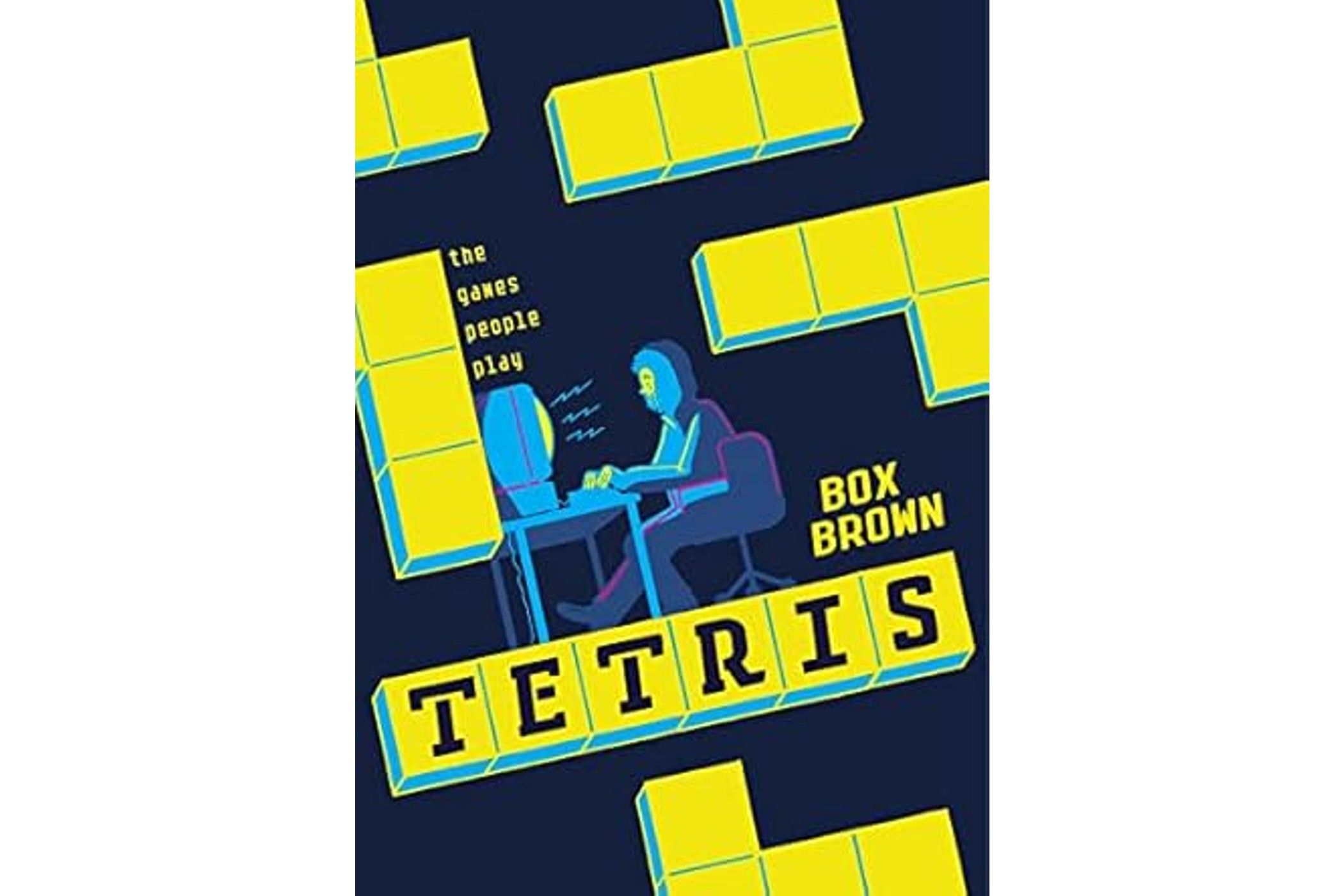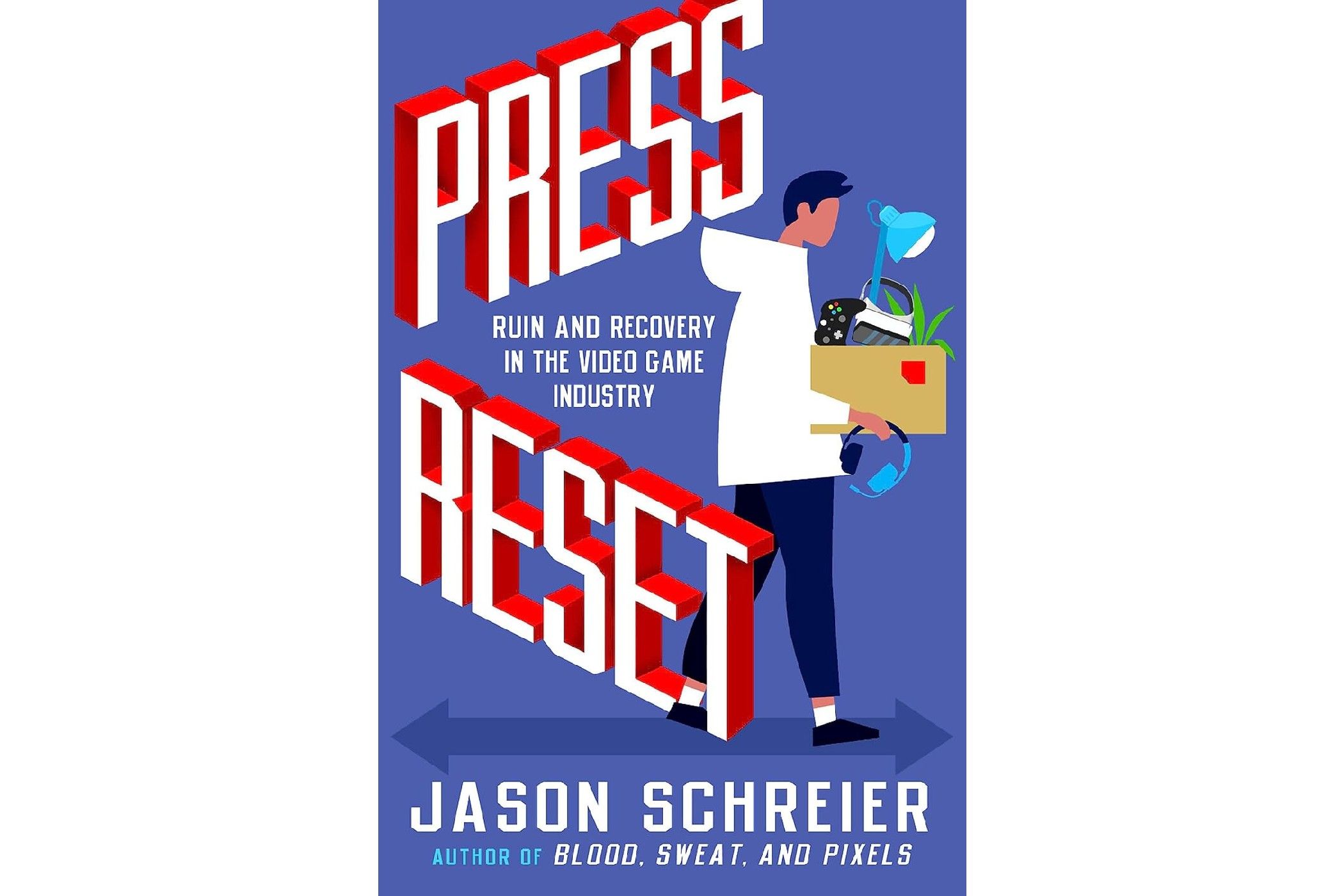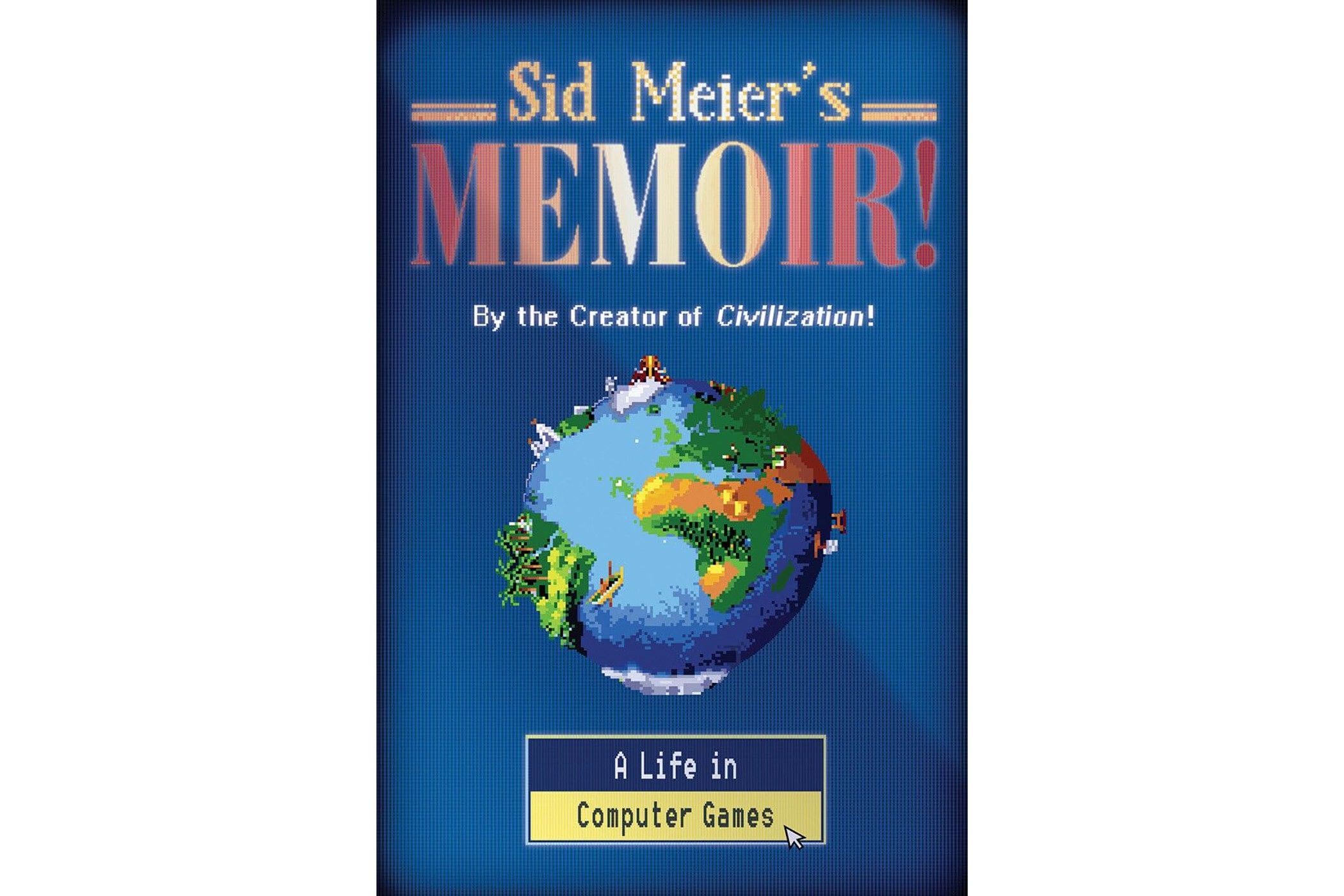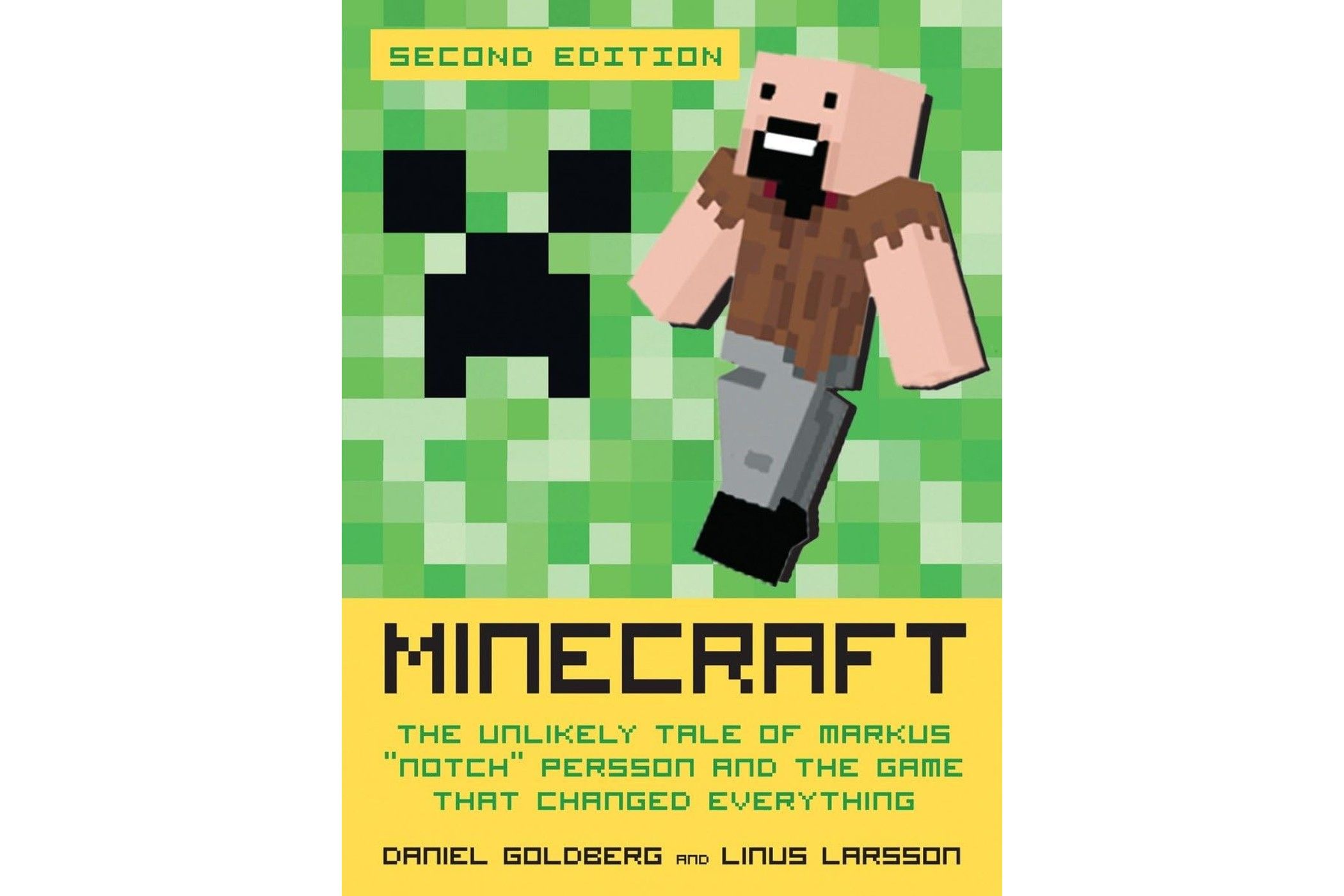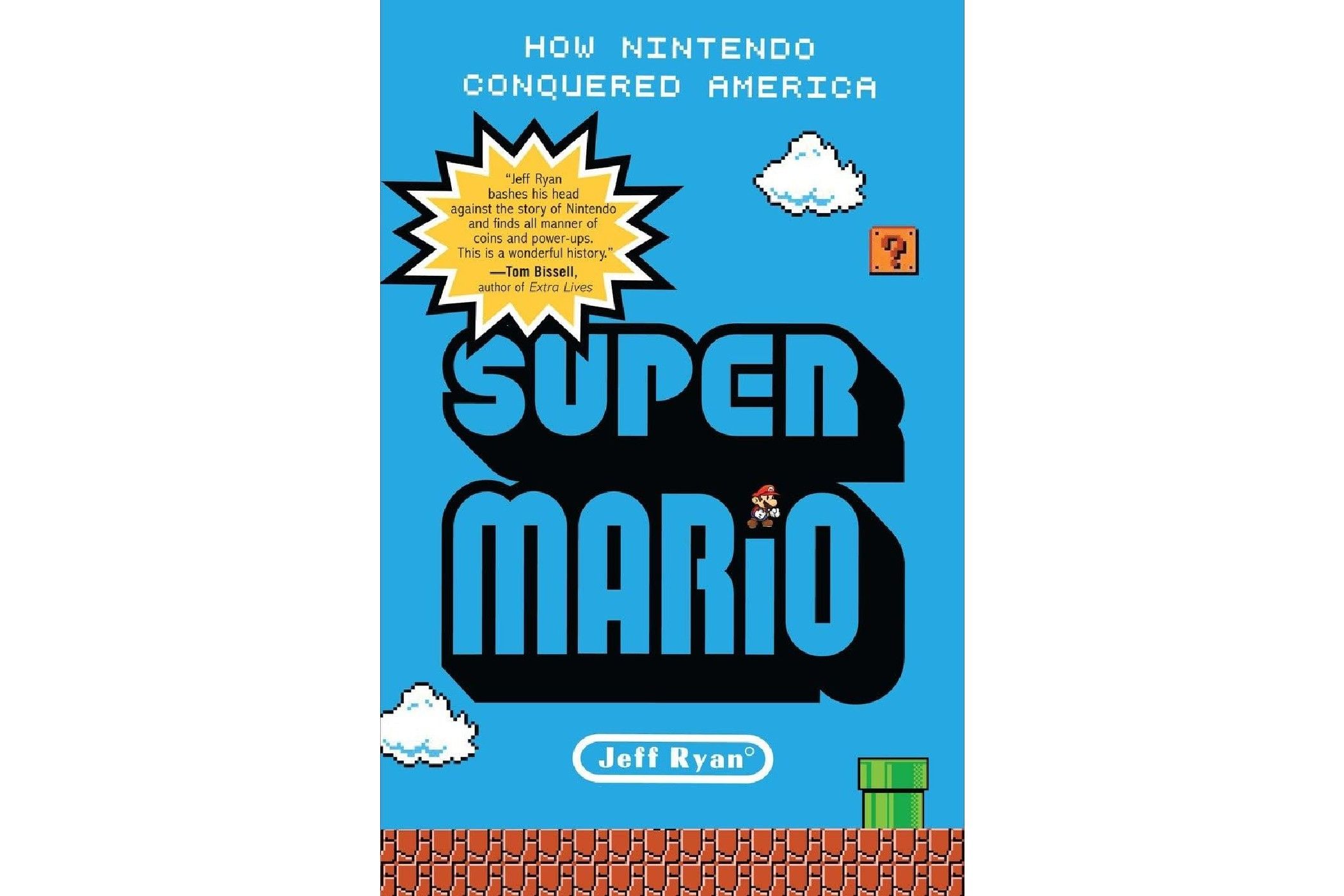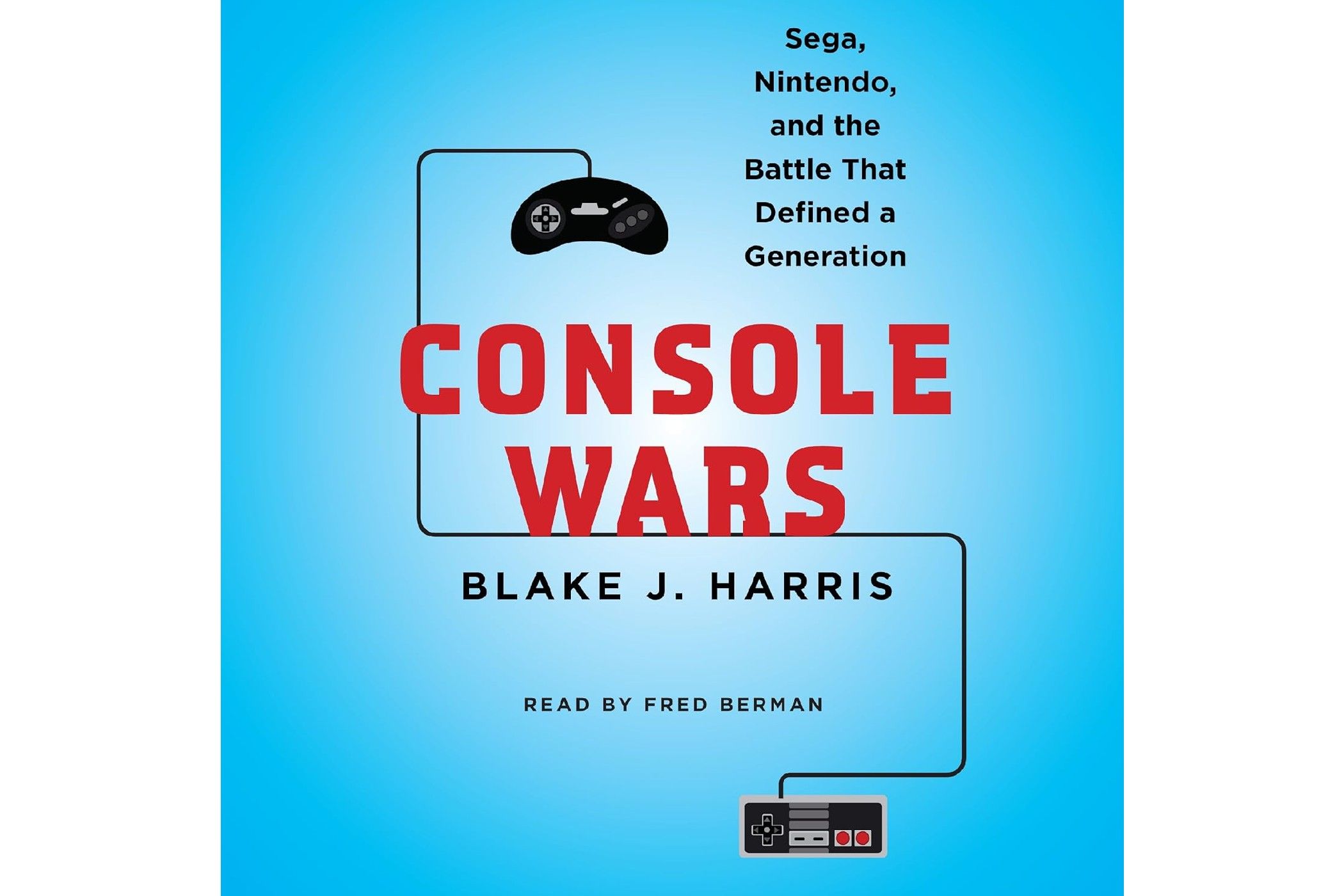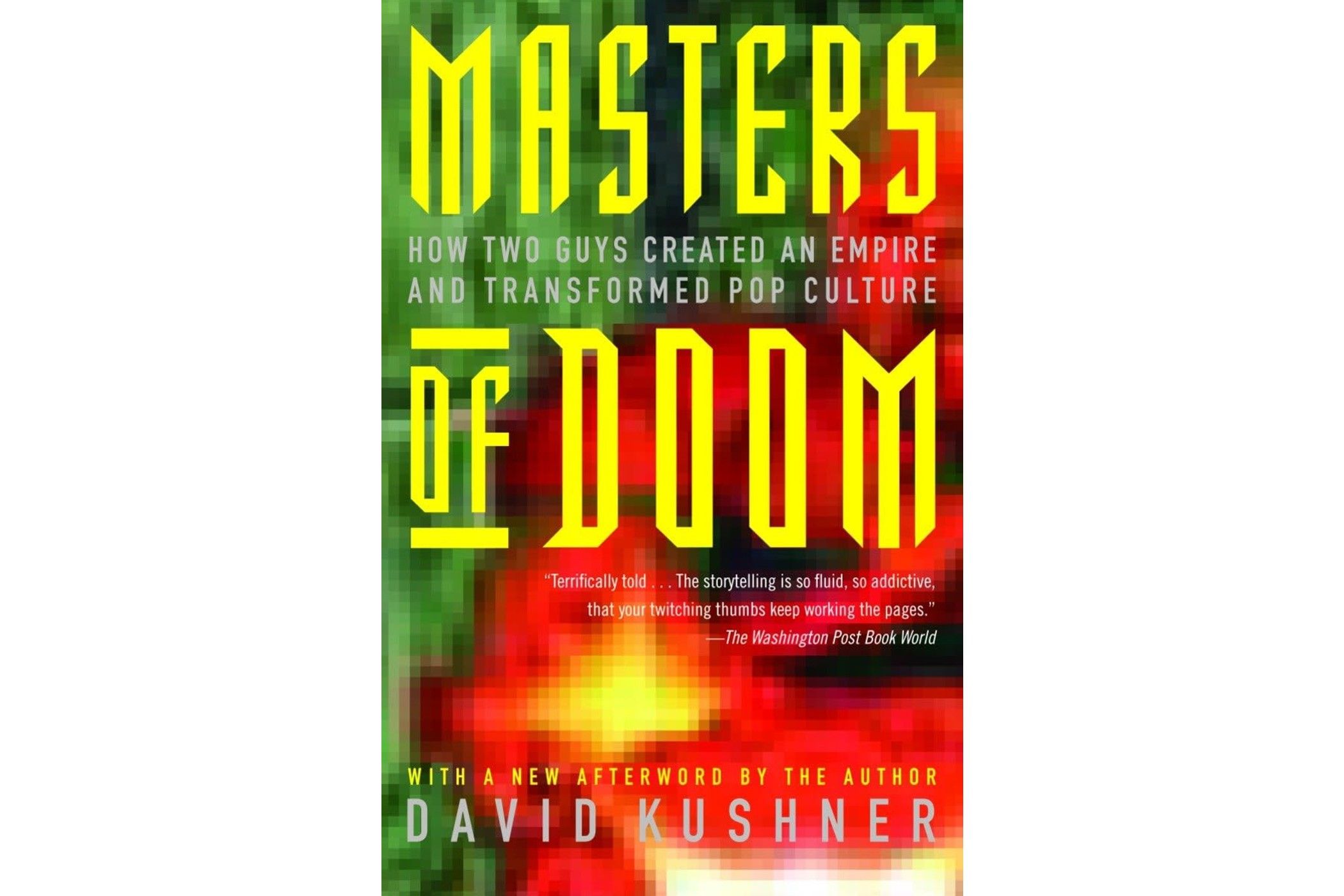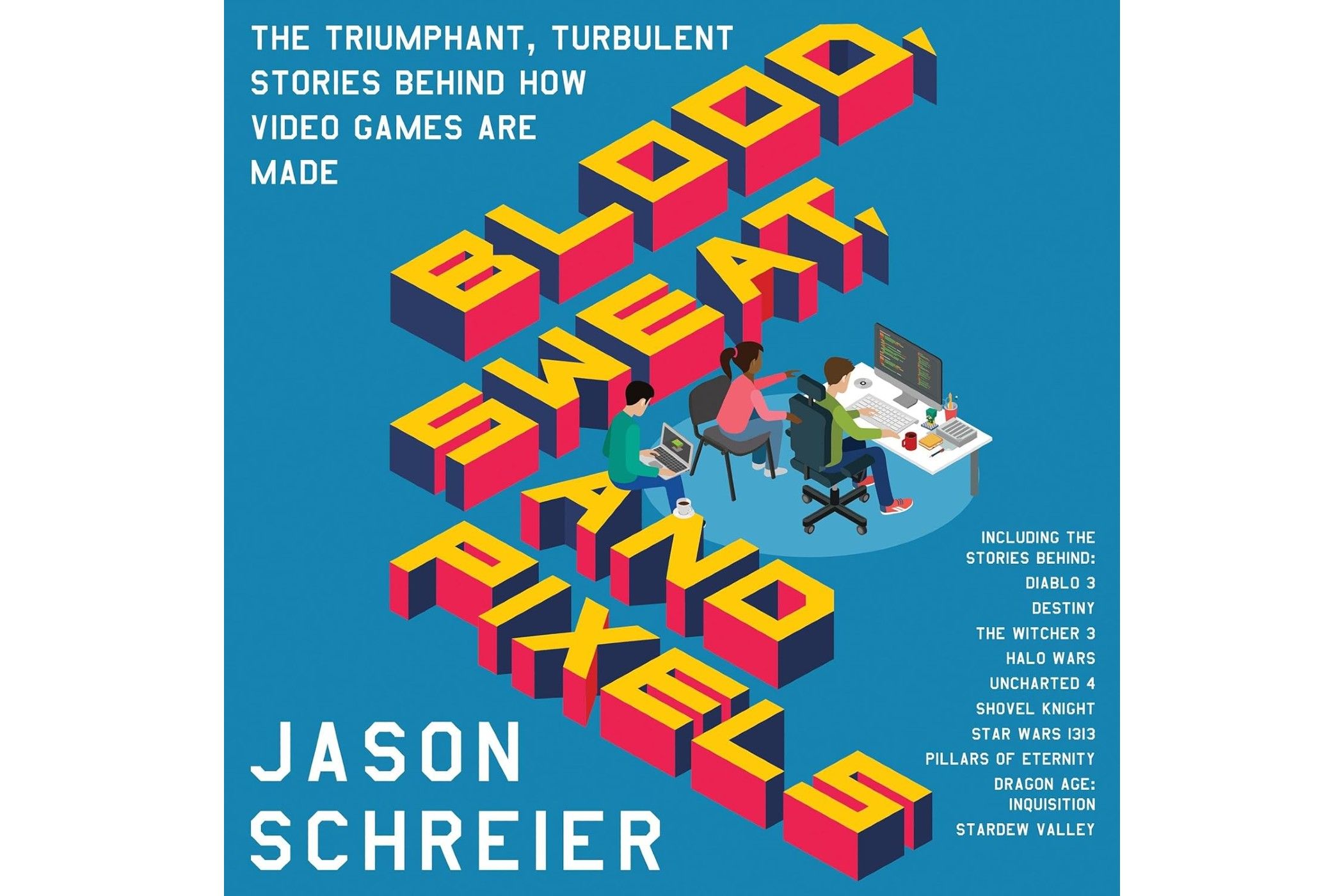From the rise of Nintendo to the controversies surrounding Rockstar, video game history is riveting. Through firsthand accounts, in-depth research, and insightful analysis, these books give a huge understanding of the forces that have shaped the world of video games.
1 Disrupting The Game: From the Bronx to the Top of Nintendo
Reggie Fils-Aimé’s Disrupting the Game: From the Bronx to the Top of Nintendo offers an illuminating look into Nintendo’s history. It’s particularly great at showing the pivotal shift from competing head-to-head with Sony and Microsoft to embracing the family-friendly tag it had been fighting for so long.
Fils-Aimé, who joined Nintendo of America in 2003, sheds light on the challenges and triumphs faced during the GameCube era. Despite the console’s initial success, Nintendo struggled to compete against the more powerful PlayStation 2 and Xbox.
When the time for Wii came, Nintendo changed its strategy. Gaming used to be very exclusive, and by introducing motion controls, Nintendo tapped into a new market of casual gamers, including families and people who couldn’t keep up with how difficult traditional gaming was.
Disrupting the Game shows how much of an influence Reggie had on the industry in his time at Nintendo.
2 Jacked: The Outlaw Story of Grand Theft Auto
David Kushner’s Jacked: The Outlaw Story of Grand Theft Auto gives a pretty detailed (albeit a bit dramatized) account of Rockstar Games during the company’s early years. One of the central themes of Jacked is the intense backlash that Rockstar faced during the time period. It’s easy to overlook the fact that Rockstar used to be one of the trailblazers of more “mature” games.
As gaming was still being shaped into what it would become, the Grand Theft Auto series pushed boundaries with its mature themes, violence, and open-world gameplay. Kushner wrote about the various controversies surrounding the franchise, including the infamous “Hot Coffee” mod in San Andreas and the legal battles with conservative activist Jack Thompson.
Rockstar ended up on top by using its controversies to generate publicity and cultivate a dedicated fanbase.
3 Tetris: The Games People Play
Box Brown’s graphic novel, Tetris: The Games People Play, is one of the most engrossing ways to learn the history of Tetris, arguably one of the most important games ever made. Brown focuses very exclusively on Tetris, but he also sheds some light on what goes into making a game and how hard things used to be back when games were first made.
Since Tetris was made in the Soviet Union by Alexey Pajitnov, there were many political issues when bringing it to the world. The book goes into the politics and business dealings and shows how the game affected many people, companies, and governments. Tetris remains a great counterargument when people say games don’t matter to—or have as much influence on—the world as other media does.
4 Press Reset: Ruin and Recovery in the Video Game Industry
Jason Schreier’s Press Reset: Ruin and Recovery in the Video Game Industry gives a very unique perspective on the history of video games. Instead of focusing on where things went well, this book focuses on the industry’s failures.
Through a series of in-depth case studies, Schreier delves into stories of game studios that faced financial ruin or creative setbacks, and how these failures ultimately shaped the industry as we know it today.
Schreier explores the collapse of many ambitious projects, one of which is Destiny. A chapter in the book focuses on Bungie and how many were correct in wondering what the story of Destiny was when the game released, because even the team didn’t know.
It’s a very depressing book at times, and not every studio gets a happy ending. However, every story is important to know, because failure can often teach you more than success.
5 Sid Meier’s Memoir!: A Life in Computer Games
Sid Meier is one of the few game developers that became a household name. His memoir is a great way to understand how the simulation, tycoon, and 4X genre came to be. By chronicling the development of his groundbreaking games, Meier teaches readers the challenges of balancing gameplay, story, and technology, and the importance of iteration and refinement.
Even if you just want to learn to make games and aren’t interested in learning about history, Sid Meier’s Memoir!: A Life in Computer Games is important. It’s arguably one of the best books for game developers and game journalists, plus it’s an engrossing read for any Civ fans out there.
6 Minecraft, Second Edition: The Unlikely Tale of Markus “Notch” Persson and the Game That Changed Everything
Daniel Goldberg’s Minecraft, Second Edition: The Unlikely Tale of Markus “Notch” Persson and the Game That Changed Everything should probably be read by everyone who enjoys gaming. Through interviews and meticulous research, Goldberg gives you a great look into the mind of Markus “Notch” Persson, the Swedish game developer behind Minecraft, the game that many young gamers still flock to.
The book showcases Persson’s early fascination with computers and his early attempts at game development. It shows his journey working for respectable studios before becoming a pioneer of the indie game scene. It’s as good as any book by Jason Schreier, and will tell you more about Minecraft under Notch than any other singular resource around.
7 Super Mario: How Nintendo Conquered America
Jeff Ryan’s Super Mario: How Nintendo Conquered America documents Nintendo’s journey from its humble beginnings as a playing card manufacturer to its reign as a titan of the video game industry. This is like a history book, but it doesn’t get too deep into the details because of how much there is to cover. However, it does a great job of making readers feel like they were there for it all.
One of the key lessons from the book is the importance of innovation in the gaming industry. Nintendo’s success hinged on its ability to introduce groundbreaking concepts consistently, from the Game & Watch handhelds to the NES and beyond. The creation of iconic character Mario (along with Donkey Kong) and the platformer genre’s development were bold moves that paid off well.
8 Console Wars: Sega, Nintendo, and the Battle That Defined a Generation
Blake J. Harris’s Console Wars: Sega, Nintendo, and the Battle That Defined a Generation explores the idea that Nintendo was too protective of the industry. It examines how hard it was for Sega to take on the company, and how this brought about innovation that would help the industry grow in huge ways.
This is the book that goes into depth on the battle between Sega and Nintendo in the 1980s and early 1990s. The book delves into the strategies of both companies, their war, and even the creation of the ESRB.
Reading the book, it’s hard not to see Nintendo as the bad guy. The book also dives into the cultural impact of the console wars and how the rivalry fueled intense competition among game developers, creating groundbreaking titles like Sonic the Hedgehog and Super Mario World.
9 Masters of Doom: How Two Guys Created an Empire and Transformed Pop Culture
David Kushner’s Masters of Doom: How Two Guys Created an Empire and Transformed Pop Culture details the rise of legendary studio id Software. This account has visionaries John Carmack and John Romero at its heart and shows how they created the groundbreaking first-person shooter Doom (a game that famously runs on just about everything). It also details how it all fell apart when they had every reason to win.
While Doom is a huge name, it’s often underestimated how much it influenced the video game industry and the impact that the title still has today. It popularized the first-person shooter genre, inspiring countless imitators and sequels. The game’s success also helped to legitimize video games as a form of art and entertainment, especially on the PC.
10 Blood, Sweat, and Pixels: The Triumphant, Turbulent Stories Behind How Video Games Are Made
Jason Schreier is an accomplished author, video game historian and gaming journalist. Blood, Sweat, and Pixels tells the tale of many important games in the video game industry. It shows a behind-the-scenes look at the trials, triumphs, and sheer passion that go into creating the games we love.
Schreier delves into the stories of many iconic games, from industry behemoths like Diablo III and Uncharted 4 to smaller indie games like Stardew Valley. Through interviews with developers, executives, and industry insiders, he offers a glimpse at the creative process, development challenges, and the often intense pressures of delivering a successful product.
Now that we see the video game industry as a giant worth more than double the movie and music industry combined, it’s easy to forget how fragile it is. These books show how small decisions and regular people have caused huge changes in the video game industry.

